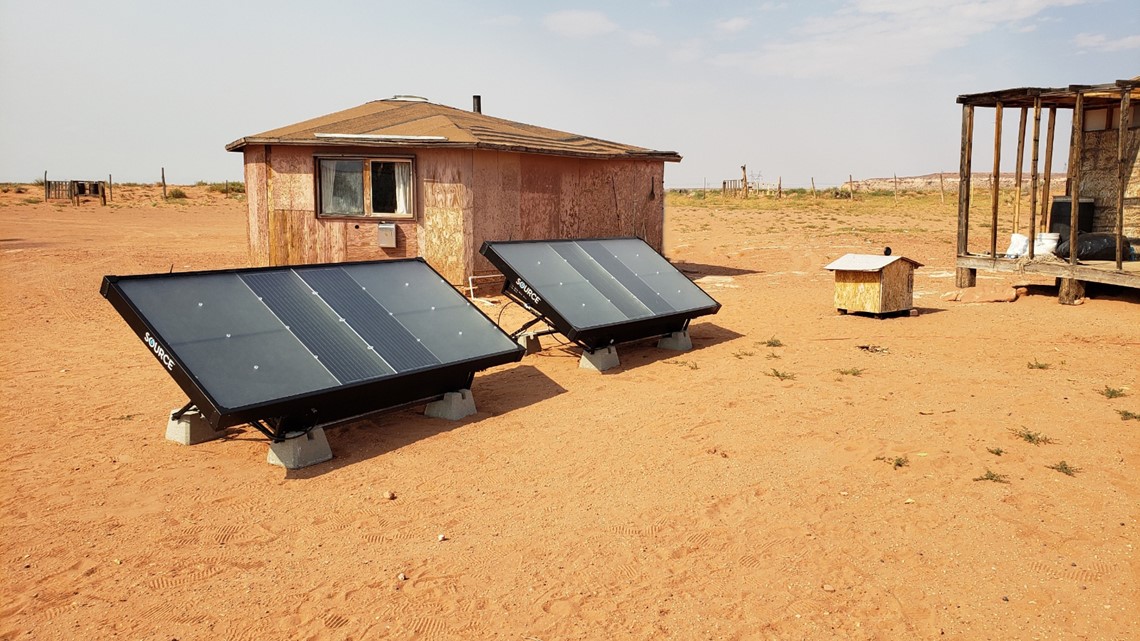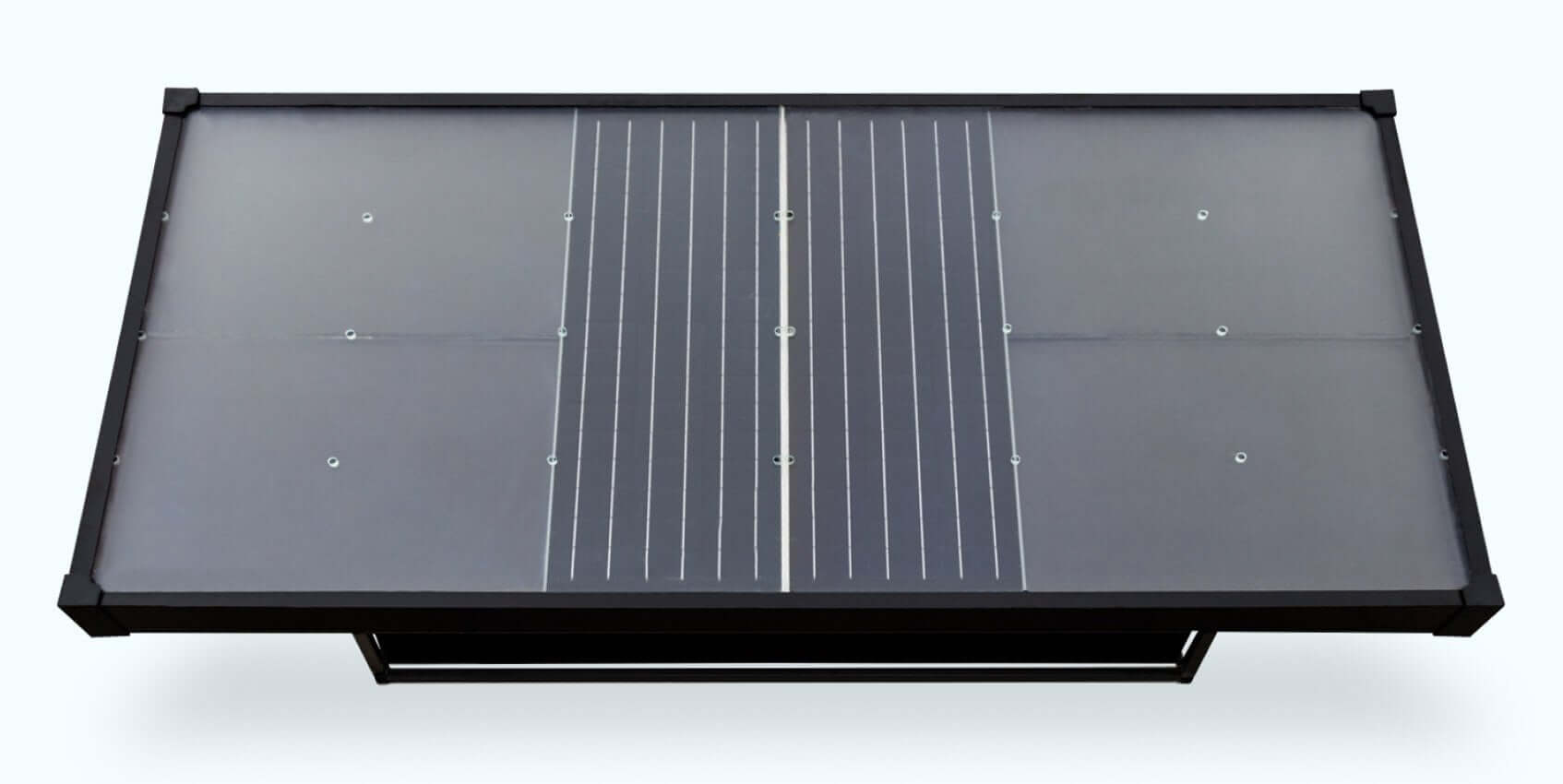
 2
2




 2
2




John Daley Bendigo, Australia The Enemy of progress is the hope of a perfect plan
Benefits of rainfall collection https://permies.com/t/88043/benefits-rainfall-collection
GOOD DEBT/ BAD DEBT https://permies.com/t/179218/mortgages-good-debt-bad-debt
 1
1




Bill Bradbury wrote:We use these ingenious devices called guzzlers to provide water for wildlife in the west deserts where I grew upwildlife guzzlers
![Filename: guzzler.jpg
Description: [Thumbnail for guzzler.jpg]](/t/23408/a/164046/guzzler.jpg)
Our inability to change everything should not stop us from changing what we can.




Cassie said "At its simpliest an air well is a structure or a device that collects water from the air using condensation

Invasive plants are Earth's way of insisting we notice her medicines. Stephen Herrod Buhner
Everyone learns what works by learning what doesn't work. Stephen Herrod Buhner






Our inability to change everything should not stop us from changing what we can.




John Daley Bendigo, Australia The Enemy of progress is the hope of a perfect plan
Benefits of rainfall collection https://permies.com/t/88043/benefits-rainfall-collection
GOOD DEBT/ BAD DEBT https://permies.com/t/179218/mortgages-good-debt-bad-debt





Our inability to change everything should not stop us from changing what we can.




John Daley Bendigo, Australia The Enemy of progress is the hope of a perfect plan
Benefits of rainfall collection https://permies.com/t/88043/benefits-rainfall-collection
GOOD DEBT/ BAD DEBT https://permies.com/t/179218/mortgages-good-debt-bad-debt

 1
1




Our inability to change everything should not stop us from changing what we can.




Anne Miller wrote:
I am a firm believer that rocks are one of the best examples of this and this is why air wells work.
.
.
.
Do Air Wells really work?




Mikhail Mulbasicov wrote:Seems like most of the stuff I'm finding is saying mediums with high thermal mass are not ideal ... they retain too much heat (overnight?).
...we harvest water by combining atmospheric humidity, heat and air flow...
It is possible to harvest water from air almost anywhere in the world. Our core Air-to-Water unit uses a turbine that forces air through a heat exchanger, where the air is cooled and condensation takes place.

Invasive plants are Earth's way of insisting we notice her medicines. Stephen Herrod Buhner
Everyone learns what works by learning what doesn't work. Stephen Herrod Buhner





Robert Ray wrote:Source Global makes the water harvester that they are using in Warm Springs for potable water.

Be joyful, though you have considered all the facts. ~Wendell Berry
 2
2




Does anyone know how those Source Global water collectors manage to keep from being filled with dust and getting all gummed up?


 1
1









|
Simplicity is the ultimate sophistication. - Leonardo da Vinci / tiny ad
The new gardening playing cards kickstarter is now live!
https://www.kickstarter.com/projects/paulwheaton/garden-cards
|








